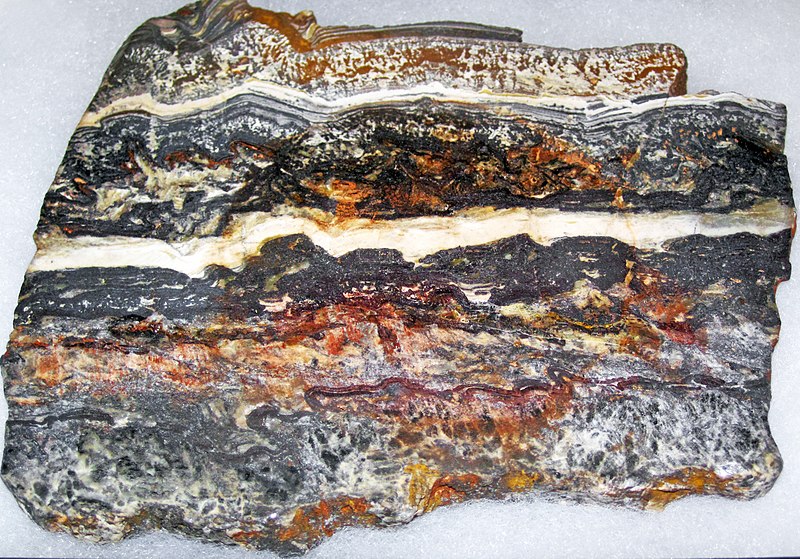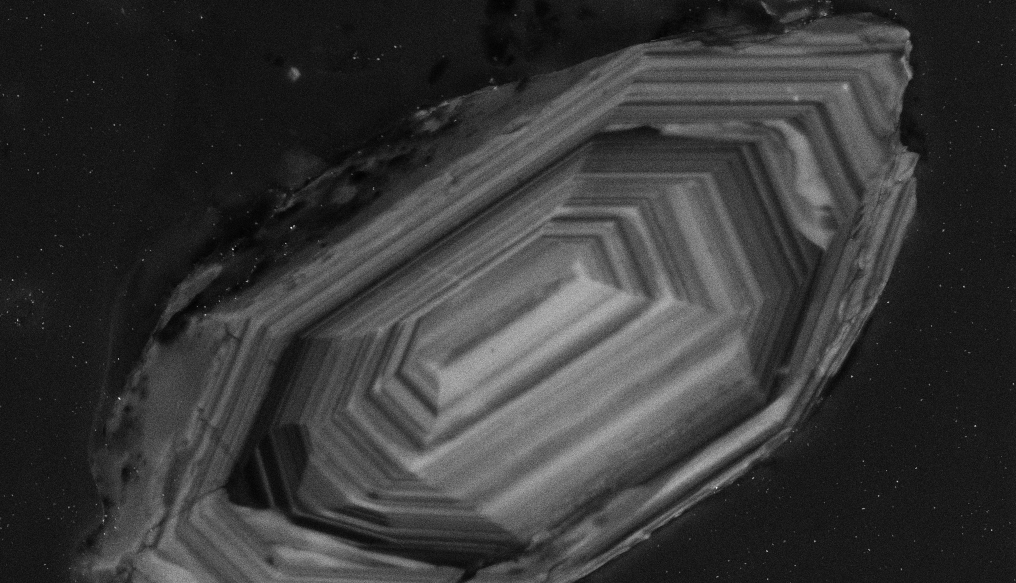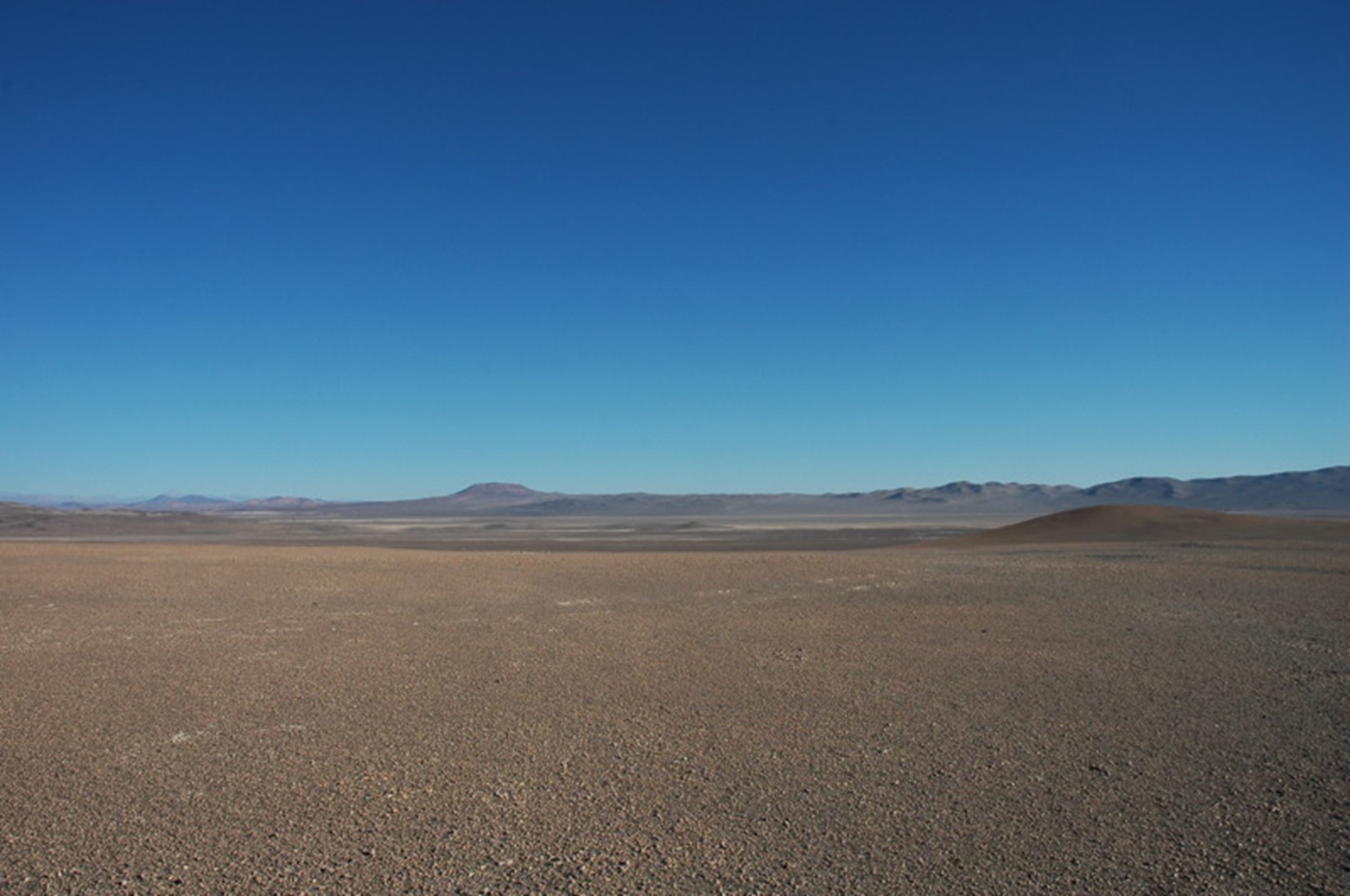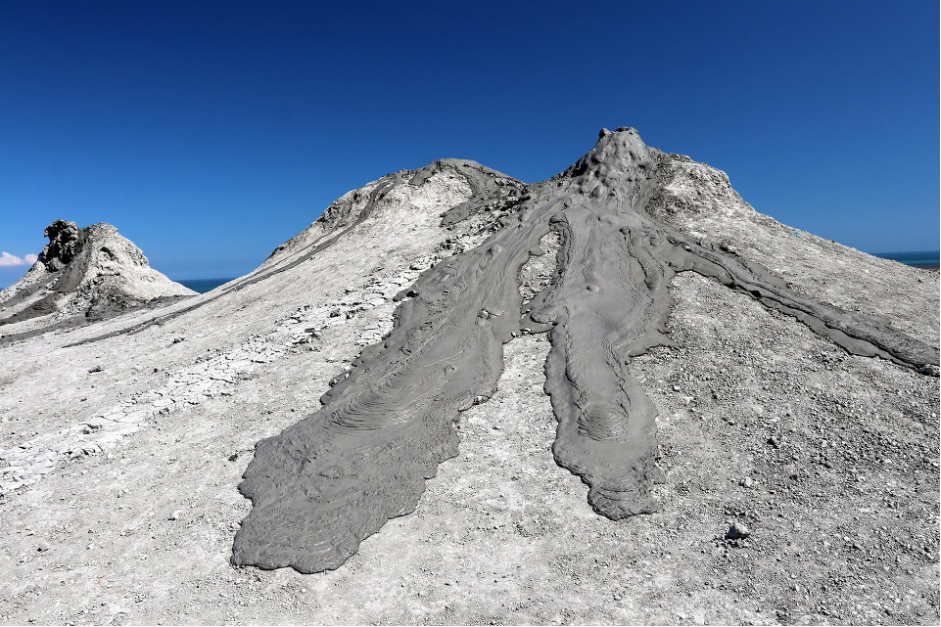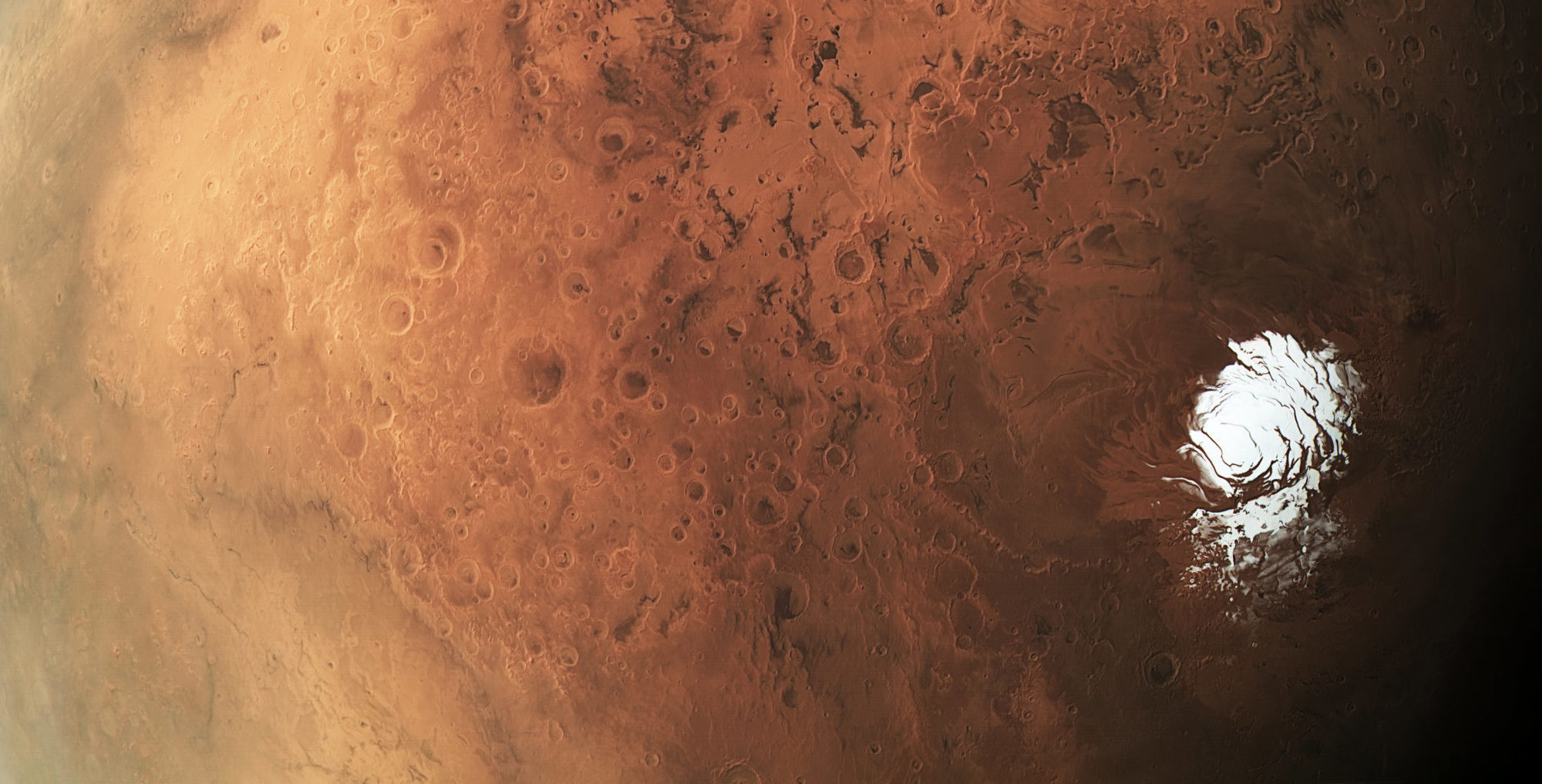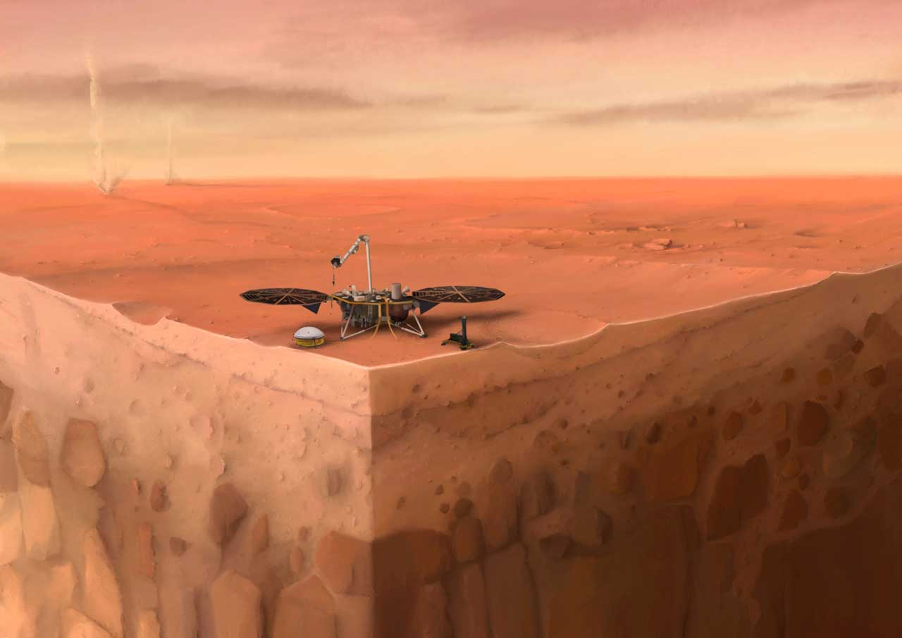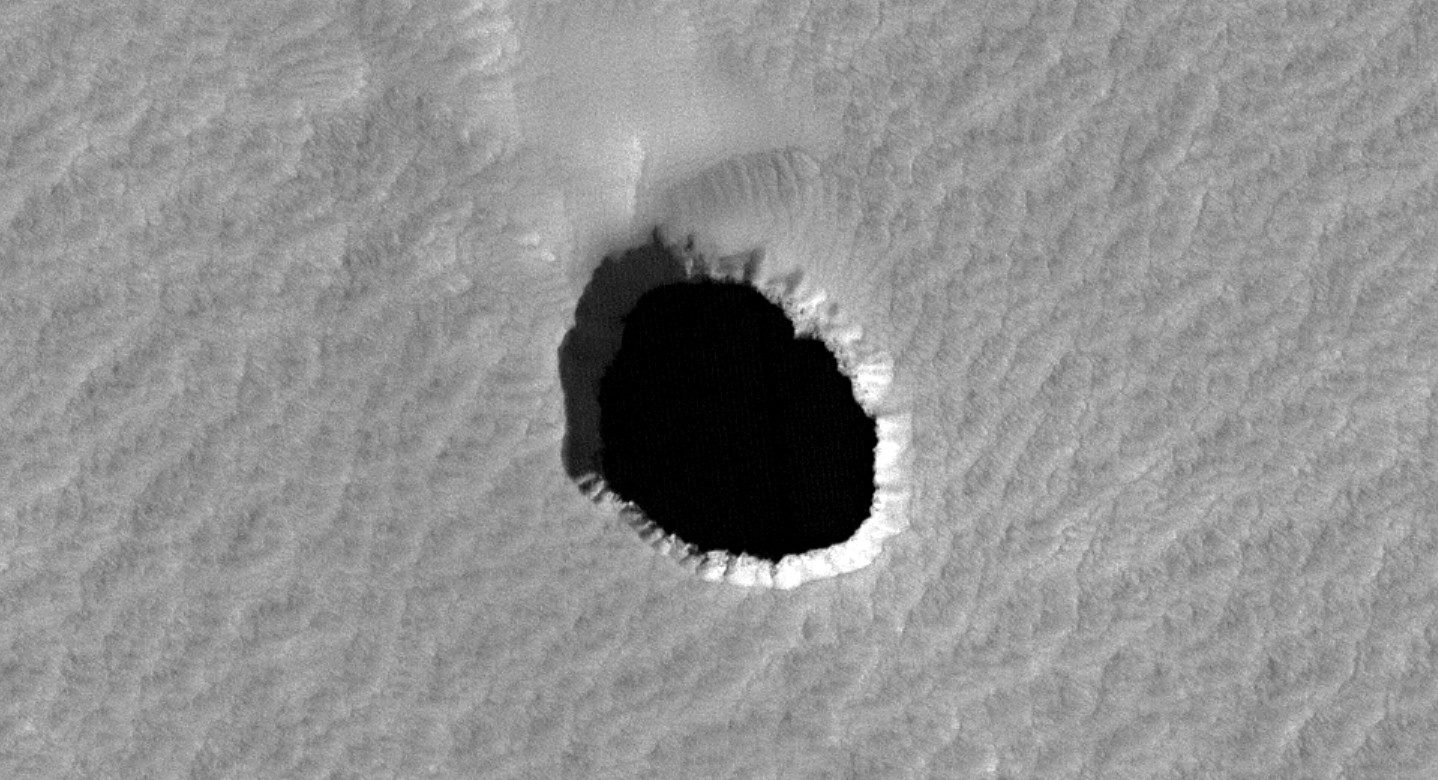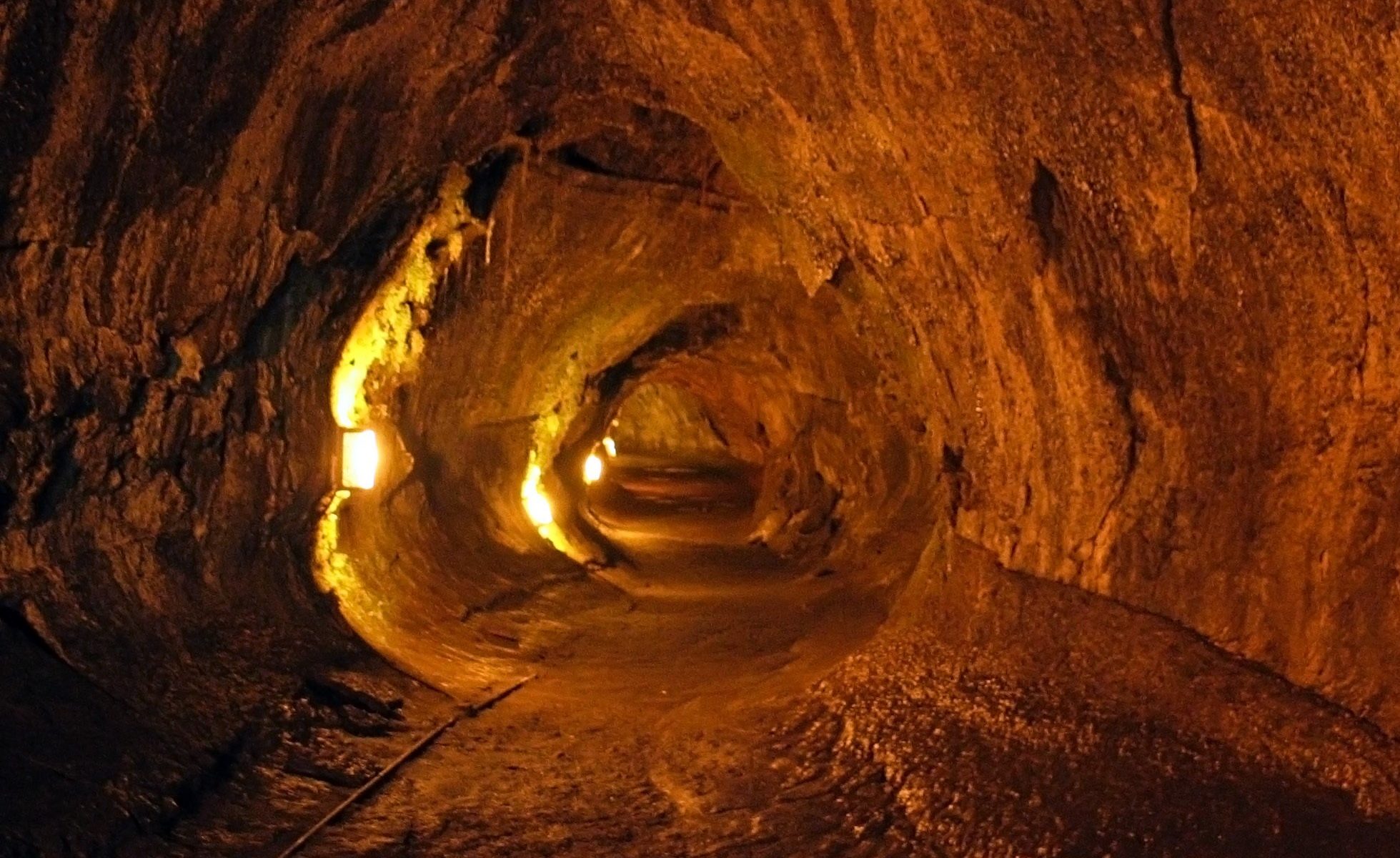Featured Image: Rock fracture from the Dresser Formation, Australia. Fluid inclusions are trapped in the white stripes. Image courtesy Ser Amantio di Nicolao, used with permission.
Paper: Ingredients for microbial life preserved in 3.5 billion-year-old fluid inclusions
Authors: Helge Mißbach, Jan-Peter Duda, Alfons M. van den Kerkhof, Volker Lüders, Andreas Pack, Joachim Reitner, Volker Thiel
Just a few weeks ago NASA made a historic landing of the Perseverance rover on Mars. This rover symbolizes our human drive for exploration and the need to find the origins of life to answer the big question—are we alone in the universe? In addition to extraterrestrial investigation and research, we can address this fundamental question here on our own planet by digging into extreme environments that are analogs for ancient Earth or other planets. These unusual environments, such as hydrothermal vents in our deepest oceans, boiling hot springs in Yellowstone, and prehistoric lakes in South America, can give us glimpses of ancient information and clues about to the ingredients of life. By discovering our own origins of life, we can begin to understand how it may evolve on other planets.
Continue reading “Prehistoric Microbial Meals Found in the Australian Outback”
